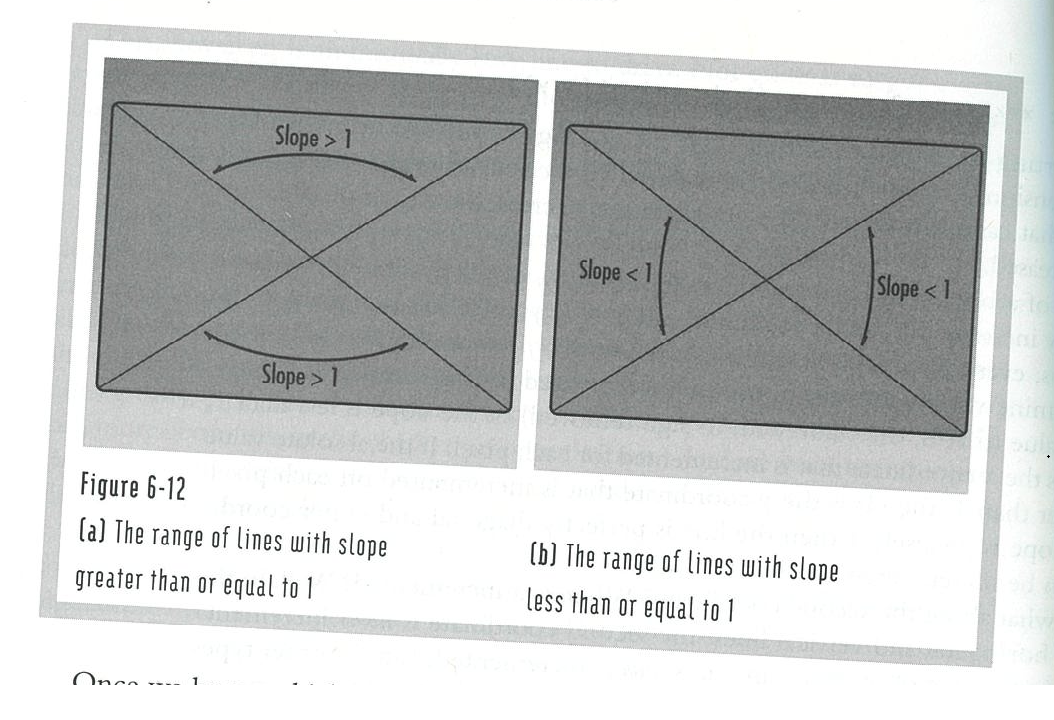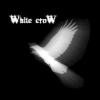Helllo, everyone. I haven't been around, but I am trying to pick up game development as a hobby now. The picture is a demonstration of a cartesian coordinate system that designates where the slopes are less than or greater than one. How does this work, I don't get it. Sorry about it being crooked, I emailed it to myself from the library. Thanks!












